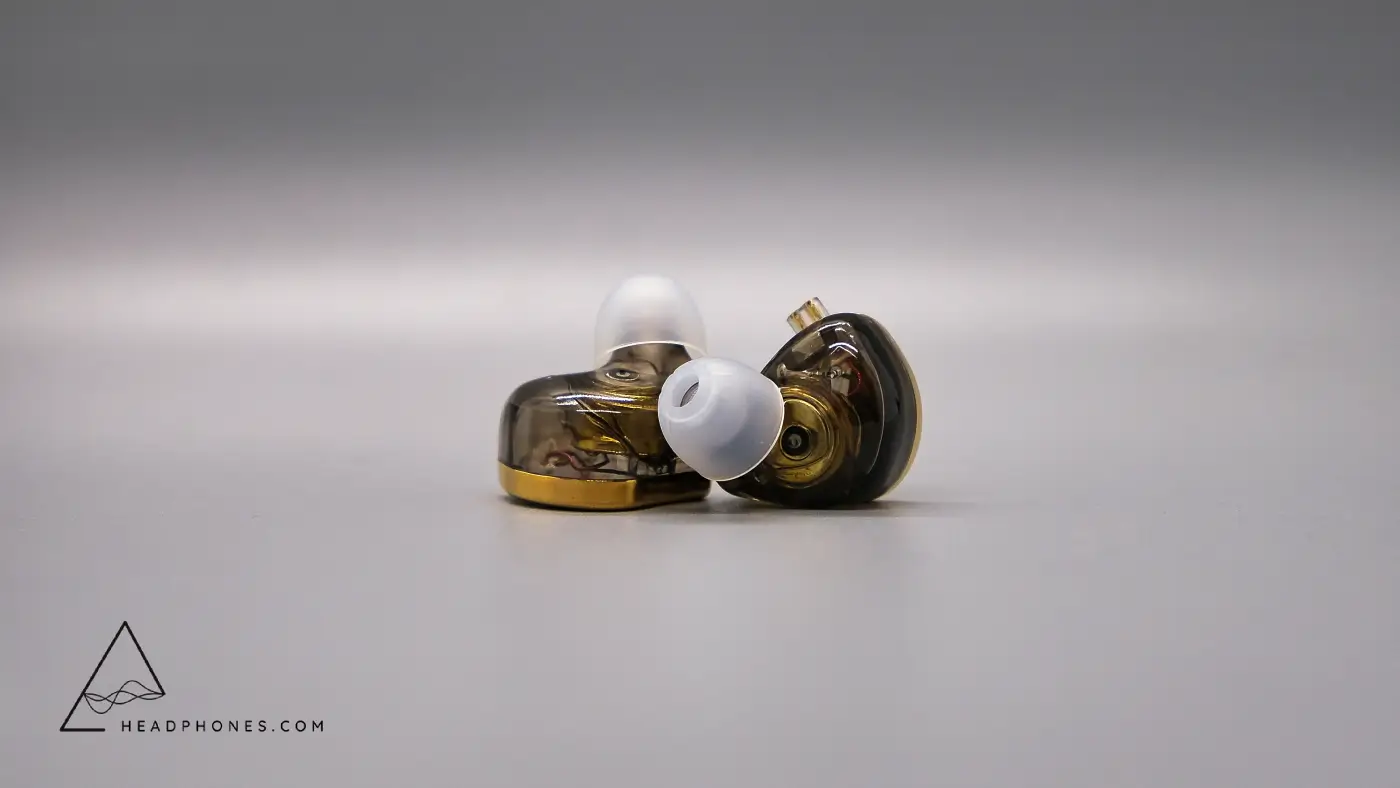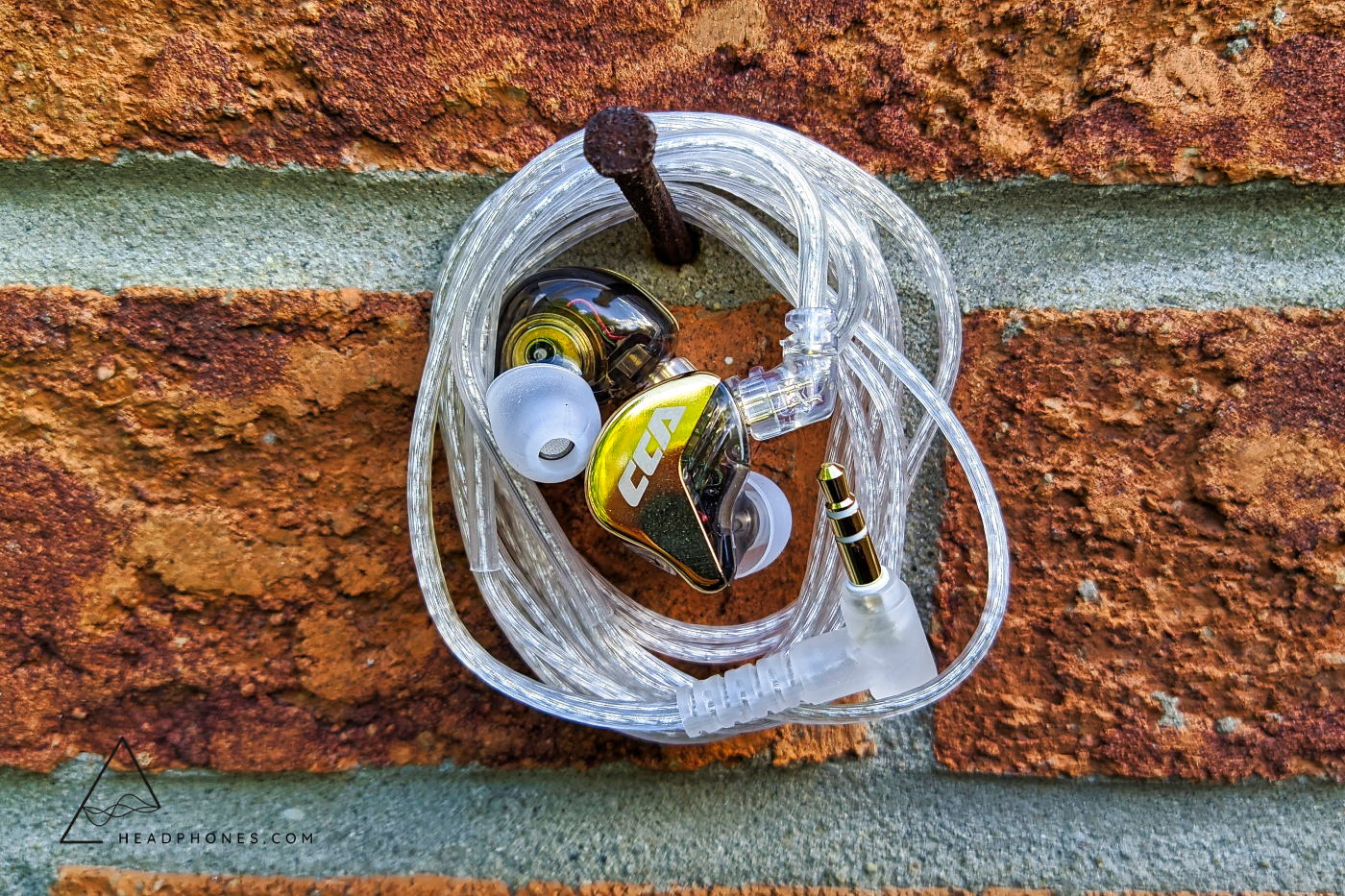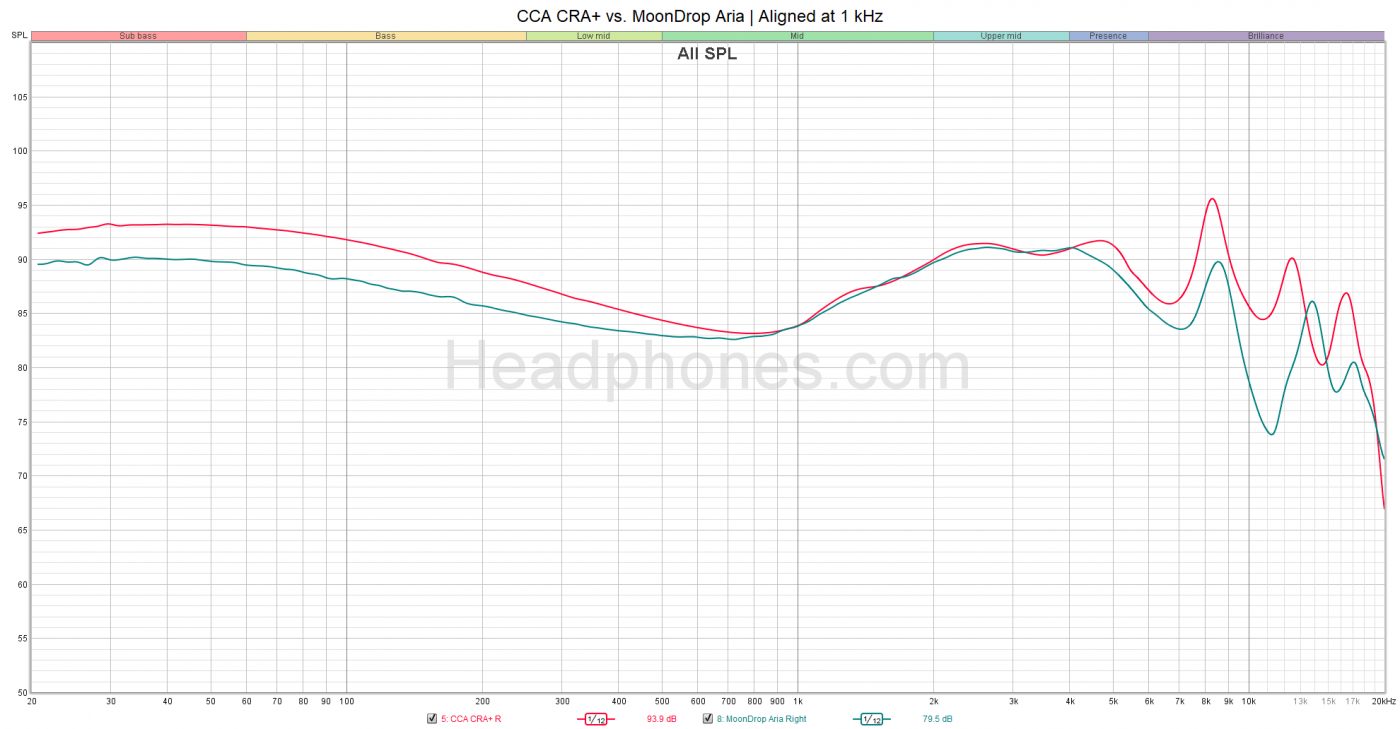CCA CRA+ vs. CRA Comparative Review: More than Less

Review written by @Fc-Construct
Review unit provided by KZ
Introduction
A few months ago, I wrote a review on the CCA CRA. A dirt-cheap IEM at $15 – 20, the single dynamic driver CCA CRA represents the bass heavy sound signature that the ChiFi had been chasing for years but with the necessary tonal balance and sufficient technical prowess to round it all out. The CCA CRA is the IEM that has surprised me the most in past few years and the one that deserves the “hidden gem” moniker. In fact, the moment I heard it I told the KZ rep that sent me the CRA to never change its sound.
Well, lo and behold, after the success of the CCA CRA, KZ decided to release a successor, the CCA CRA+. I say successor in loose terms because it has a different dynamic driver to the original CRA. As far as I’m concerned, that makes the CRA+ a different IEM and KZ’s marketing strategy is to ride on the CRA hype train. For its asking price of about $30, is there any substance to the CRA+ or is KZ trying to pull a fast one on the market once again?
For this comparative review, please read my CCA CRA review first as I will reference it heavily.
What’s in the Box?
The unboxing experience is identical to the CCA CRA. It’s the modern KZ standard accessory set. Aesthetically, the only difference is CRA+’s gold faceplate instead of a silver one on the CRA. The included cable is silver instead of copper but otherwise shares the same build quality. Interestingly, the CRA+ comes with a different set of silicon tips. It’s slightly less bulky with the classic KZ star-shaped ribbing at the tip.

Sound
Oh boy. I won’t mince words here. The CRA+ is better. Better in almost every way. Primarily, it has a cleaner presentation and a stronger tonal balance while retaining a weighty bass response. Like the original CRA, the CRA+ is engaging and exciting. But where the CRA’s bass can be overly dominant, especially if you haven’t been accustomed to its sound signature, the CRA+ essentially opens up and lightens the sound to increase nuance and clarity. It also resolves some of the CRA’s issues in the treble by taming the lower treble peak and improves treble coherency with crisp hats/cymbal notes. Where the CRA feels like cheap and dirty fun firmly in the realm of beater IEMs, the CRA+ steps up into the bigger stage and competes against the likes of the MoonDrop Aria and DUNU Titan S.

Frequency response of the CCA CRA+ vs. the CRA. Measurement taken with an IEC-711 clone microphone. Comparisons can only be made relative to other measurements taken by this specific microphone. A peak at about 8 – 10 kHz is likely an artifact of the measurement rig and may not exist as depicted here. Measurements above 8 kHz are not accurate. If possible, reference multiple measurements.
Let’s see if some frequency response analysis can help me explain what I’m hearing. Looking at the graph, there are four major differences.
The first is in the subbass. The CRA+ has noticeably less subbass, diverging at the 100 Hz mark and plateauing around 60 Hz. While this means the CRA+ doesn’t have as much subbass grit compared to the CRA, it helps the CRA+ sound a little cleaner by de-emphasizing subbass rumble and decay and instead leans just a little more on the punchy side. Don’t get me wrong though; the CRA+ is still plenty bassy. Bass quality is still very good on the CRA+ with satisfying impact.
The second is its upper mids, specifically the crucial vocal region of 2 – 3 kHz. The CRA+ has a small hump here that makes a significant difference in vocal clarity and timbre. While the CRA’s vocals aren’t necessarily buried, the CRA+ pulls them appreciably forward. The centering of the pinna peak at 2.5 kHz also makes it sound more natural than the CRA’s which has an odd upwards skew into the lower treble. Together, these two effects help the CRA+’s midrange become more balanced and stand up against the bass heavy emphasis of this tuning.

The third difference is in the lower treble where the CRA+ has a deeper dip than the CRA. While I don’t think the additional dip is as significant as the other differences, the important thing here is the decreased 5 kHz peak which is now in-line with the pinna peak. This has the effect of making the CRA+ less harsh in it’s lower treble, which was one of the biggest challenges the original CRA had.
Finally, the upper treble at about 13 kHz. Generally, reading into the peaks and dips for graphs above 8 kHz should be taken with a grain of salt but with the CRA+, the additional upper treble presence does add a good amount of air and sparkle to complement the dip in the lower treble. I think it also contributes to the sharper and more coherent sound that the CRA+ has over the original CRA. While I suspect some might find it a little intense at times, this extension is what gives the CRA+ its energetic quality.

Altogether, these differences make the CRA+ sound lighter and more open than its predecessor and it carries on into its technical performance. The original CRA’s small soundstage was acceptable given its low price of $15 and the overall value it represented. The CRA+ finally brings staging to a respectable level. It also gains a bump in resolution, going beyond the lo-res, beater sound that the CRA had. Perhaps the only complaint here is layering where the CRA+ can sometimes sound like everything is being thrown at you at once. For energetic genres like rock, it works splendidly. But for mellower songs, the CRA+ does lack a delicate touch that conveys an additional emotional depth.
Comparisons to MoonDrop Aria
The MoonDrop Aria is probably the most reviewed budget IEM in recent times and for good reason – it’s a great balanced sounding budget option for those looking to get started with hi-fi. Similar IEMs like the DUNU Titan S and Tin HiFi T3 Plus provide flavour variants to the Aria. I’ve written about these three IEMs here, here, and here. So how does the CRA+ stack up?

As you can see from the graph, the CRA+ has more bass and upper treble presence. The biggest difference is in the quality of the bass. In my initial review, I noted the Aria’s bass has a slight softness to it. The CRA+’s bass response hits harder in comparison. The Aria’s bass is fine. The CRA+’s is fun. And that essentially sums up the difference between the CRA+ and the Aria/Titan S/T3 Plus. They’re milder with a cleaner tuning while the CRA+ is brash and lively. Are you looking for something to bang your head along with while on commute or something with better tonal balance?
Currently, I would take the CRA+. I don’t think its technical performance is much behind the Aria, if at all. But the tipping point for me is that there are very very few good bass heavy IEMs while there are an increasing number of well-tuned budget IEMs in the same vein of the Aria. It checks all the boxes for me in a bassy IEM: a good quality bass response, decent midrange without sibilance, lively upper treble extension, and reasonable technical performance all at a price that’s simply hard to fault. I’d take the Aria if I didn’t already own multiple reference-level IEMs.

Should You Buy It?
Yes. At $15 – 20, I previously gave the CCA CRA a strong recommendation. At $30, I will give the CRA+ an even stronger recommendation. If you don’t care about IEMs at all and are just Googling around for the best bang for your buck so you can go on with your day, the CCA CRA+ is it. Maybe grab an aftermarket cable while you’re at it. The CRA+ deserves it.
I really did not think KZ would be able to top the CRA anytime soon, if ever. Yet here I am proven wrong in less than 6 months. Diminishing returns are stronger than ever and my prediction is that the IEM market will soon be split into two camps: budget and luxury. With the brutal level of price-performance competition present, I’m not sure mid-fi will have a place in the near future.
